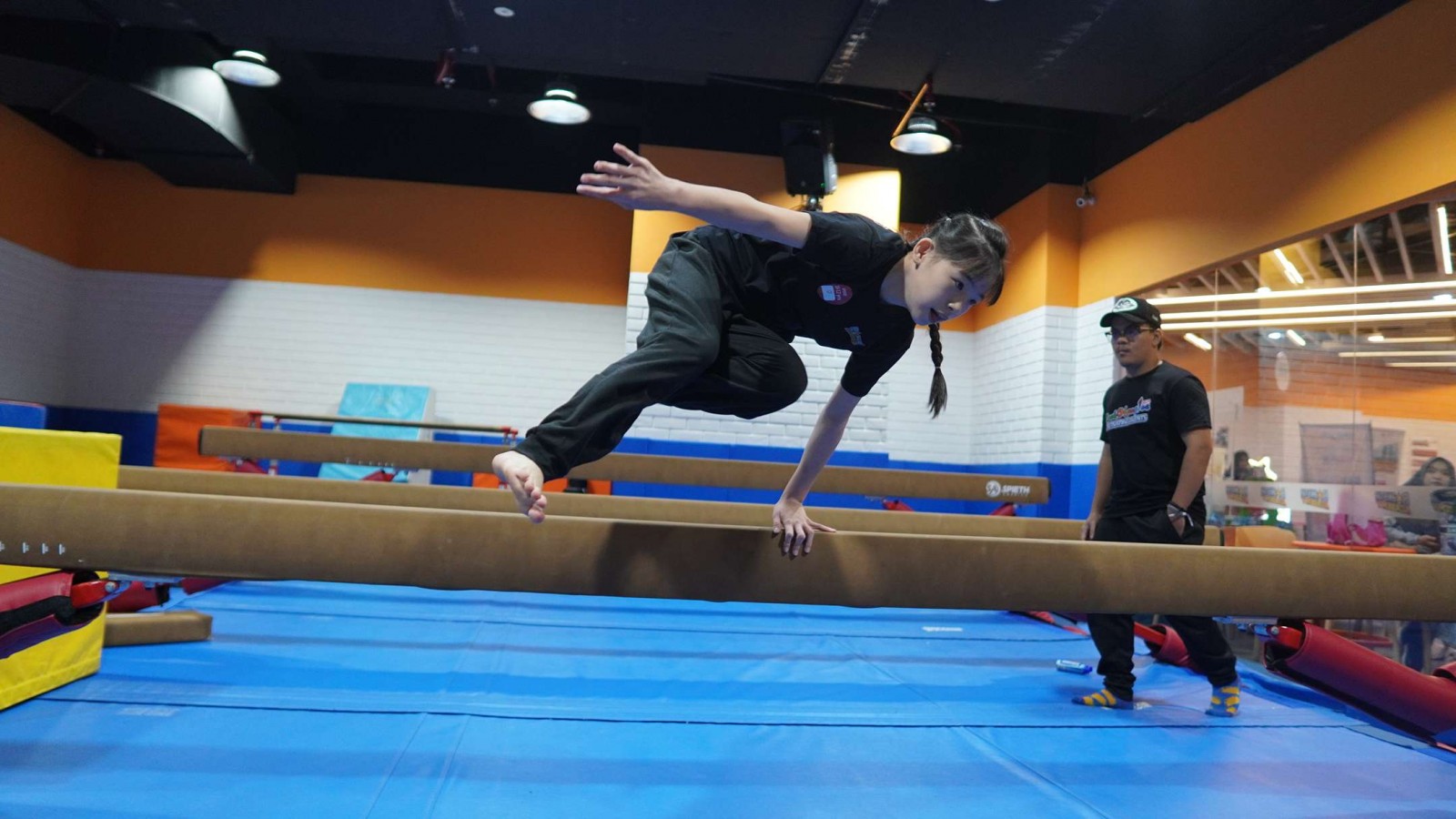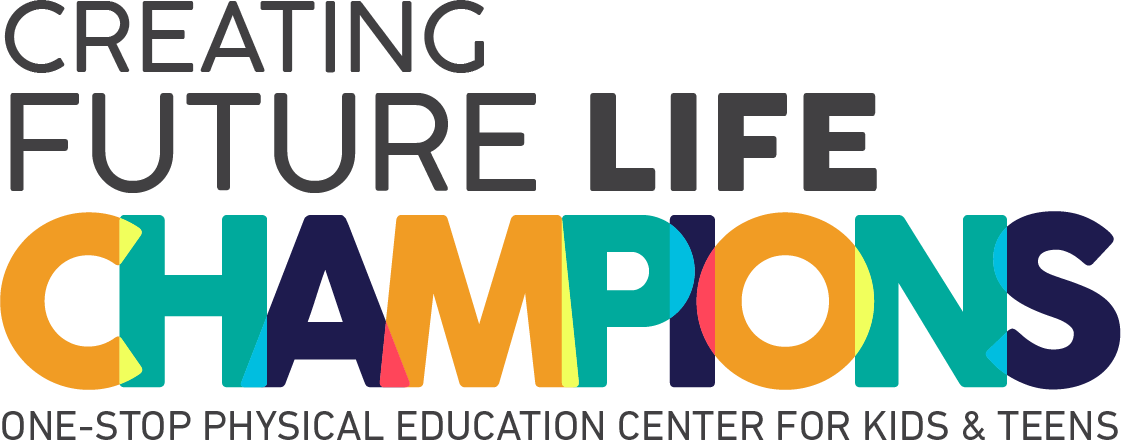The Importance of Nutrition Education for Kids

Nutrition education is a cornerstone of raising healthy, happy children. When kids understand what goes into their food and how it affects their bodies, they’re more likely to pick nutritious meals, stay active, and avoid health problems down the road.
Plus, it’s a life skill they’ll carry forever, giving them the tools to stay healthy as they grow. So, let’s dive into why teaching nutrition is so important, discover fun ways to do it, and learn about the super nutrients kids need to shine!
Why Is Nutrition Education Important for Kids?
When children learn about food and how it fuels their bodies, they can make smarter choices that help them grow strong, stay focused in school, and avoid health problems in the future. Let’s explore why it’s so important to start teaching kids about nutrition early!
A. Building Healthy Habits Early
Children’s eating habits often carry into adulthood. By educating kids about nutrition early, we can help them develop positive relationships with food that last a lifetime.
B. Preventing Health Issues
Poor nutrition can lead to obesity, diabetes, and heart disease. Teaching children the value of a balanced diet can help prevent these conditions.
C. Boosting Academic Performance
Healthy eating fuels the brain. Kids who eat nutritious meals are more likely to concentrate, retain information, and perform well in school.
D. Encouraging Independence
Nutrition education teaches kids how to make their own healthy choices. This fosters independence and confidence in managing their health.
The Most Important Nutrients for Kids
For kids to grow strong and healthy, their bodies need a variety of nutrients. Let’s dive into the key nutrients kids need and why they’re essential.
1. Protein
Protein is the building block of growth. It helps repair muscles, tissues, and organs, making it crucial for children’s development. When kids consume enough protein, they have the foundation they need to grow strong and heal quickly from injuries.
Foods rich in protein include eggs, lean meats, fish, beans, nuts, tofu, and dairy products.
2. Carbohydrates
Carbohydrates are like fuel for kids’ active bodies and growing brains. They provide the energy kids need to play, learn, and explore their world. The best sources of carbohydrates are whole grains, such as brown rice, oats, and quinoa, as well as fruits, vegetables, and legumes.
3. Fats
Healthy fats play a vital role in brain development and hormone production. They also act as a concentrated energy source, which is especially important for active kids.
Foods like avocados, nuts, seeds, olive oil, and fatty fish such as salmon are excellent sources of healthy fats. These fats support cognitive development and keep kids feeling satisfied after meals, reducing the temptation to snack on less nutritious options.
4. Calcium
Calcium is the cornerstone of strong bones and teeth, making it one of the most critical nutrients for growing children. During childhood, bones are rapidly developing, and calcium helps ensure they’re strong and resilient.
Foods like milk, yogurt, cheese, fortified plant-based milk, leafy greens, and almonds are rich in calcium. Pairing calcium-rich foods with Vitamin D sources like sunlight or fortified foods helps the body absorb this essential mineral more effectively.
5. Iron
Iron is vital for carrying oxygen throughout the body. It supports energy levels and prevents anemia, which can make kids feel tired and weak. Children especially need iron during growth spurts when their bodies are working overtime.
Good sources of iron include red meat, poultry, beans, fortified cereals, spinach, and dried fruits. Pairing iron-rich foods with Vitamin C (like oranges or tomatoes) can improve iron absorption.
6. Vitamins (A, C, D, E, and B-Complex)
Each vitamin plays a unique role in supporting kids’ health. Vitamin A helps maintain good vision and supports the immune system. Vitamin C boosts immunity and aids in skin repair.
Vitamin D is crucial for calcium absorption and bone health, while Vitamin E protects cells from damage. B-complex vitamins, such as B6 and B12, are key for energy production and brain function.
7. Fiber
Fiber is essential for a healthy digestive system. It helps prevent constipation and keeps kids’ gut health in check. Foods rich in fiber include whole grains, fruits like apples and berries, and vegetables. Fiber also helps kids feel full, reducing the temptation to overeat unhealthy snacks.
8. Water
Water might not be a nutrient in the traditional sense, but it’s just as important. Staying hydrated supports every function in the body, from digestion to temperature regulation.
While plain water is the best way to stay hydrated, fruits and vegetables with high water content, like watermelon and cucumbers, are also great options.
5 Fun Activities to Teach Nutrition for Kids
Teaching kids about nutrition can be both fun and educational! Here are five activities that make learning about healthy food enjoyable and hands-on:
1. Create a Healthy Plate
One of the best ways to teach kids about balanced nutrition is through visual aids. Use a plate or a picture of a plate and divide it into sections for different food groups (fruits, vegetables, grains, protein, and dairy).
Have kids color in the sections or cut out pictures of healthy foods from magazines to place in the right sections. This activity helps kids understand the importance of including different types of food in every meal and encourages them to make balanced choices.
2. Food Group Sorting Game
Next, you can turn nutrition into a fun game. Gather a variety of food pictures (or use actual food items if you’re at home or in a classroom) and ask the kids to sort them into the correct food groups: fruits, vegetables, grains, protein, and dairy.
You can make this activity even more fun by timing them to see how quickly they can sort the foods, or by turning it into a team challenge. This hands-on sorting game will help kids learn about different foods and where they fit in the food pyramid.
3. Cooking Together
Kids love to be involved in the kitchen, and cooking is a great way to teach them about nutrition. Choose simple, healthy recipes like making smoothies, fruit salads, or whole grain wraps.
As you prepare the food together, talk about the benefits of each ingredient. For example, explain how bananas are good for energy and how spinach helps build strong muscles. Let the kids help with age-appropriate tasks like mixing, measuring, or arranging the food. This hands-on experience makes learning about healthy eating fun and memorable.
4. Food Label Detective
Remember to teach kids how to read food labels. You can turn grocery shopping into a lesson by pointing out food labels and explaining how to check for nutrients like protein, fiber, and sugar.
Show them how to look at serving sizes, ingredients, and nutrition facts to make better food choices. You could even play a game where they have to find the healthiest food option from the choices available.
This activity helps kids become more aware of the foods they eat and encourages them to make informed decisions about what goes into their bodies.
5. Build a Fruit and Veggie Rainbow
Challenge kids to eat a rainbow every day! Explain that different colored fruits and vegetables provide different nutrients, and eating a variety of colors is important for staying healthy.
Have kids make a "rainbow" with fruits and vegetables, either by arranging them on a plate or drawing a colorful rainbow on a piece of paper.
They can pick one food from each color of the rainbow, like red apples, orange carrots, yellow peppers, green spinach, blue blueberries, and purple grapes. This fun activity helps kids appreciate the variety of foods and understand how each one contributes to their health.
Nutrition Education for Kids is Important!
Teaching nutrition to kids is a vital step toward helping them grow into healthy, confident individuals. But we understand that as a busy parent, it can be tough to juggle everything.
If you’re looking for some support in guiding your child’s learning journey, enrolling them in Preschool & Kindergarten at Rockstar Academy might be the perfect solution.
As the Best Sports & Performing Arts Academy, your child can experience preschool and kindergarten, along with a variety of physical activities, events, and competitions designed for different ages and skill levels.
These opportunities help children develop academically, socially, and emotionally. Plus, our experienced teachers guide them through both academic and physical activities, teaching them essential life skills in an early childhood program that is crucial for their development.
Don’t forget, Rockstar Academy offers a free trial class, so if you’re interested in giving your child a chance to experience our programs, make sure to contact us today!
FAQ
Why is teaching nutrition at a young age so important?
Teaching nutrition early helps kids develop lifelong healthy habits, understand the importance of food, and make informed choices about their diet.
How can I encourage a picky eater to try new foods?
- Be patient and persistent.
- Offer new foods alongside familiar ones.
- Make food fun by cutting it into shapes or letting kids help prepare it.
What should I do if my child refuses to eat vegetables?
- Sneak veggies into favorite dishes (like blending spinach into a smoothie).
- Try different preparation methods, such as roasting or steaming.
- Encourage small tastes without forcing them.



